You are here
Understand Post-Secondary Options
Understand Post-Secondary Options
Goal:
To have each student gain an understanding of opportunities after high school to expand their training, knowledge and skills through additional programs and schooling.
Before, during and after highschool students should be presented with opportunities to learn about collegeup-vocationaltraining, vocational training programs, and other opportunities for growth beyond high school.
Click on the ages below to learn more about programming, services and agency resources:
Less Than 14
Possible Skill Development Benchmarks to Achieve the Long-term Core Outcome
- Explores different types of post-secondary education and training options
- Explores potential career pathways that align with likes/dislikes
|
Service |
Schools |
|---|---|
|
X |
|
|
X |
Age 14
Possible Skill Development Benchmarks to Achieve the Long-term Core Outcome
- Develops an understanding of the potential costs, benefits, and challenges including personal, social, environmental and/or family implications, of post-secondary opportunities
- Considers concurrent and dual enrollment including CTE/ACE, etc.
- Identifies career pathways that align with their skills, interests/abilities/LMI
- Engages in coursework, placement opportunities, extra – curricular clubs, organizations, and college or workforce preparation programs
|
Service |
Schools |
DVR |
|---|---|---|
|
X |
||
|
X |
||
|
X |
||
|
X |
||
|
X |
X |
Ages 15-16
Possible Skill Development Benchmarks to Achieve the Long-term Core Outcome
- Understands financial aid options specific to SWD(benefits counseling, ABLE, Medicare waivers, college accounts)
- Explores the environment of post-secondary schools
- Selects course of study that reflect career pathway
- Utilizes academic advisors to inform academic trajectory
- Understands supported decision making and guardianship and the relationship to post-secondary education
|
Service |
Schools |
DVR |
Workforce Centers |
|---|---|---|---|
|
X |
|||
|
X |
|||
|
X |
|||
|
X |
|||
|
X |
|||
|
X |
X |
||
|
X |
X |
||
|
X |
X |
Ages 17-18
Possible Skill Development Benchmarks to Achieve the Long-term Core Outcome
- Identifies higher education options that align with career goal and previously identified needs (2/4 yr. degree programs, apprenticeships military service, career and technical colleges, and service-learning inclusive education)
- Participates in post-secondary education and training tours/visits
- Understands differences in modification vs. accommodation
- Understands differences between IDEA and ADA law regarding supports and services
- Creates portfolio and submits applications(if relevant submit financial aid application).
- Identifies living options including location and roommates
|
Service |
Schools |
DVR |
Workforce Centers |
|---|---|---|---|
|
X |
|||
|
X |
|||
|
X |
|||
|
X |
|||
|
X |
|||
|
X |
X |
||
|
X |
|||
|
X |
Ages 19-21
Possible Skill Development Benchmarks to Achieve the Long-term Core Outcome
- Participates in training program that supports identified career pathway
- Connects to on campus resources/understands their availability (disability specific supports)
- Understands adult rights and responsibilities and how it pertains to the post-secondary environment
|
Service |
Schools |
DVR |
Workforce Centers |
|---|---|---|---|
|
X |
|||
|
X |
|||
|
X |
|||
|
X |
X |
||
|
X |
|||
|
X |
|||
|
X |
|||
|
X |
|||
|
X |
Ages 22-24
Possible Skill Development Benchmarks to Achieve the Long-term Core Outcome
- Utilizes career center to job hunt and/or plan for graduation from post-secondary program
- Self-advocates and communicates desires and needs in post-secondary environment in preparation for or engagement in transition out of post school
- Continues to access academic supports needed to reach educational goals
|
Service |
DVR |
Post-Secondary Education |
Workforce Centers |
|---|---|---|---|
|
X |
|||
|
X |
|||
|
X |
|||
|
X |
X |




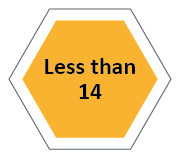
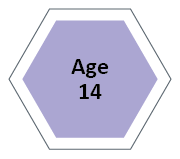
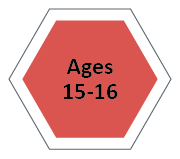
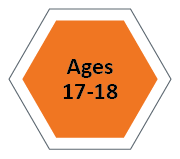
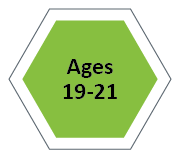
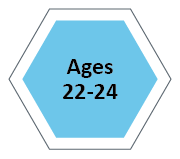

Connect With Us





